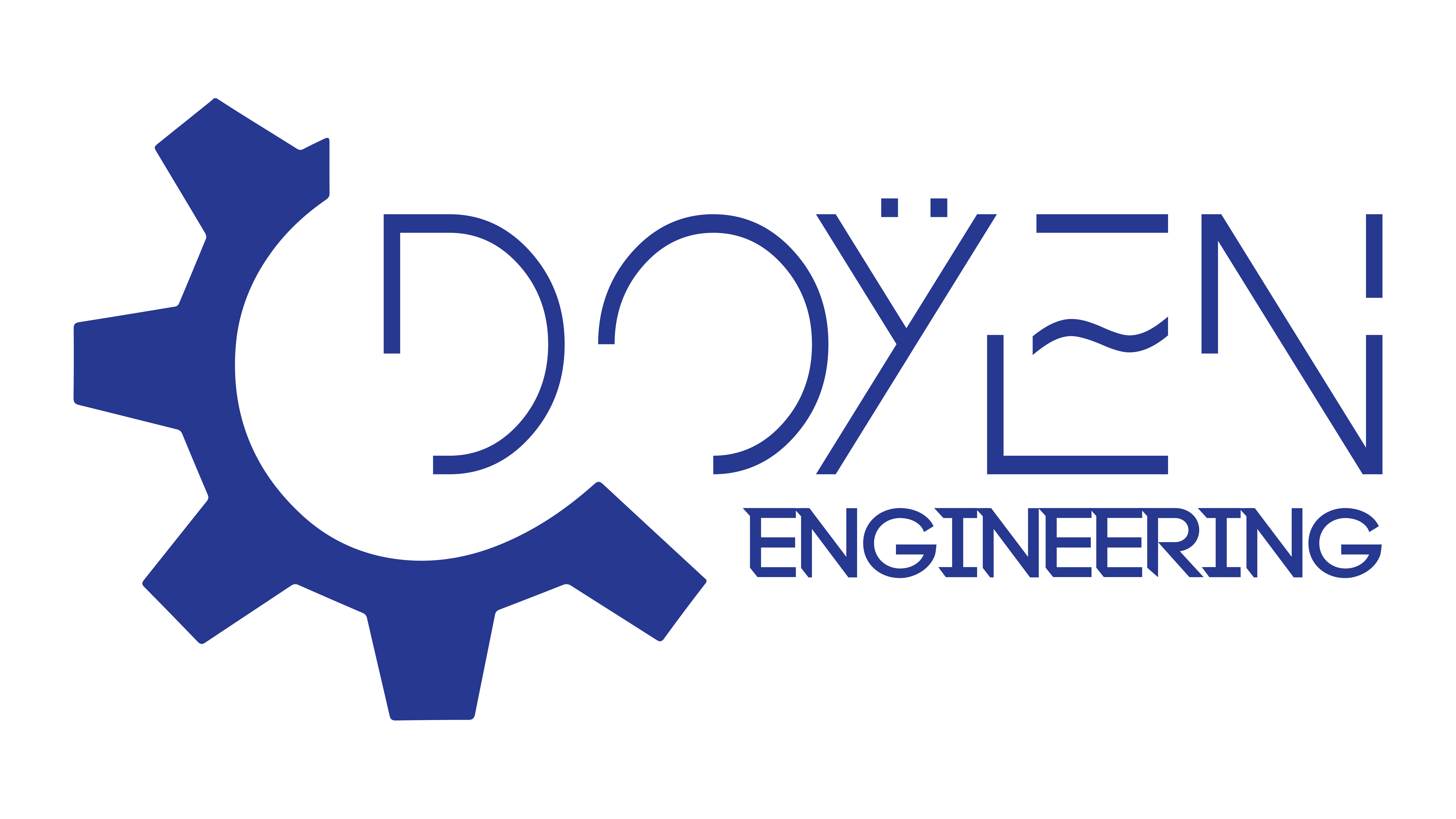
Introduction to Control Theory in Electrical Engineering
Overview of Control Systems
Control systems are integral in managing the behavior of dynamic systems. They provide essential frameworks for regulating processes, ensuring stability, and achieving desired performance. For instance, an autopilot system in aviation continuously adjusts the aircraft's control surfaces to maintain its flight path, illustrating the dynamic nature of control systems in real life.
Importance of Control Theory in Electrical Engineering
Control theory is crucial in electrical engineering for several reasons:
- System Stability: Ensures systems remain stable under various conditions.
- Performance Optimization: Enhances efficiency and functionality of electrical devices.
- Real-time Adjustments: Allows for immediate corrections in processes.
By integrating these principles, engineers can create reliable and effective systems that operate smoothly, showcasing the profound impact of control theory in modern technology.
Basics of Control Theory
Control System Components
Understanding control theory begins with its fundamental components, which include:
- Sensors: Detect changes in the environment (e.g., temperature sensors monitor heat levels).
- Controllers: Process sensor data and decide adjustments (like a thermostat turning on the heating system).
- Actuators: Execute commands from the controller, impacting the system directly (such as motors that adjust a valve).
Types of Control Systems
Control systems can typically be categorized into two types:
- Open-loop systems: Operate without feedback, like a toaster that runs for a preset time.
- Closed-loop systems: Utilize feedback for adjustments, such as a cruise control system maintaining speed based on current conditions.
Each type plays a unique role in various applications, reflecting the versatility of control theory.

Mathematical Modeling in Control Theory
Transfer Functions
In control theory, transfer functions are pivotal for understanding the relationship between input and output in linear systems. They represent system behavior in the frequency domain, allowing engineers to analyze stability and responsiveness. For example, think of a car's acceleration: the transfer function can help predict how quickly it will respond to pressing the gas pedal.
State-Space Representation
On the other hand, state-space representation offers a comprehensive approach by encapsulating systems with multiple inputs and outputs. This method employs matrices to describe the system dynamics, making it an excellent choice for complex systems.
- Key Benefits:
- Facilitates real-time simulation.
- Provides insights into system behavior over time.
Both methods serve as the bedrock of mathematical modeling, equipping engineers with the tools needed to design effective control systems.
Stability Analysis
Routh-Hurwitz Criterion
Stability analysis is critical in ensuring a control system performs reliably. One method used is the Routh-Hurwitz criterion, which provides a systematic way to determine stability by analyzing the characteristic equation of a system. Imagine you’re tuning a sound system. Just as you adjust frequencies to avoid feedback, the Routh-Hurwitz method helps engineers identify configurations that may lead to instability.
Nyquist Stability Criterion
Another powerful tool is the Nyquist stability criterion. This graphical approach assesses system stability based on its open-loop frequency response. It’s akin to inspecting a roller coaster before it opens to the public—ensuring that all parts are secured and functioning properly beforehand.
- Key Insights:
- Helps visualize stability margins.
- Offers insights into system behavior under feedback loops.
Together, these methods enable engineers to validate and design robust control systems that stand the test of varying conditions.
Control System Design Techniques
PID Controllers
When it comes to control system design, one of the most popular techniques used is the PID controller, which stands for Proportional, Integral, and Derivative. This versatile controller adjusts outputs based on the error between a desired setpoint and the actual system output. Picture a car's cruise control that maintains a set speed: it continuously adjusts throttle position based on speed deviations to ensure smooth driving.
- Key Features:
- Proportional: Responds to current error.
- Integral: Addresses past errors.
- Derivative: Anticipates future errors.
Root Locus Method
Another effective technique is the Root Locus method, which visually illustrates how the roots of a system's characteristic equation change with varying feedback gains. This method is akin to navigating a maze: by analyzing the potential paths, engineers can determine the best route to achieve system stability.
- Benefits:
- Provides clear insight into system stability.
- Aids in fine-tuning controller parameters.
Together, these design techniques empower engineers to create efficient and reliable control systems tailored to specific applications.

Frequency Domain Analysis
Bode Plots
In frequency domain analysis, Bode plots are essential tools that display a system’s frequency response. By plotting gain and phase against frequency on a logarithmic scale, engineers gain insights into system behavior across different frequencies. Think of tuning a radio: Bode plots help pinpoint the best frequencies for desired performance, ensuring clarity in sound.
- Key Attributes:
- Gain Plot: Shows how the output amplitude changes with frequency.
- Phase Plot: Illustrates phase shift between input and output.
Nyquist Plots
Similarly, Nyquist plots provide a visual means to assess stability and performance in the complex frequency domain. By plotting the open-loop frequency response on the complex plane, they're invaluable for identifying potential stability issues.
- Benefits:
- Offers insight into feedback loops.
- Helps determine gain and phase margins.
Both Bode and Nyquist plots are critical for engineers aiming to optimize their control systems, providing clarity in understanding how systems respond to various frequencies and ensuring robust performance.





